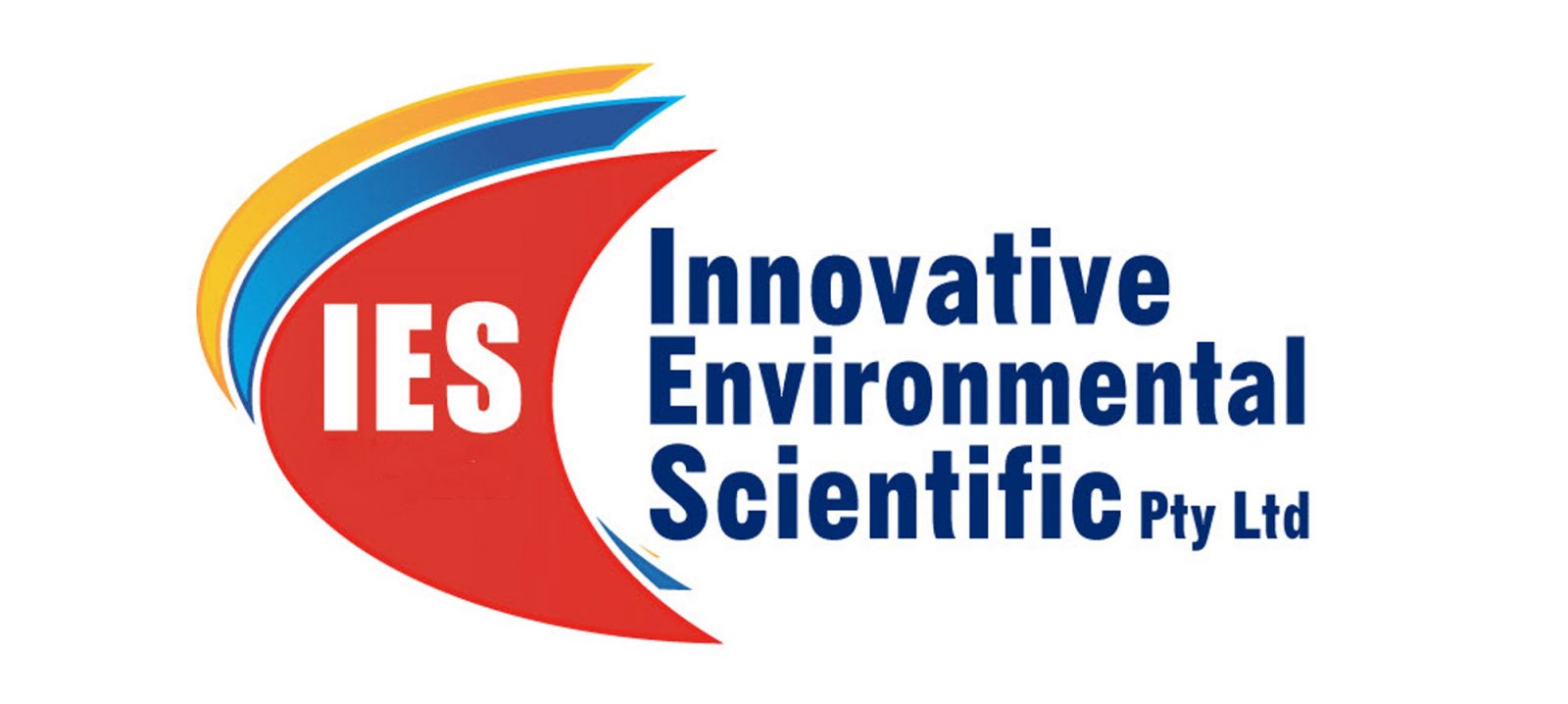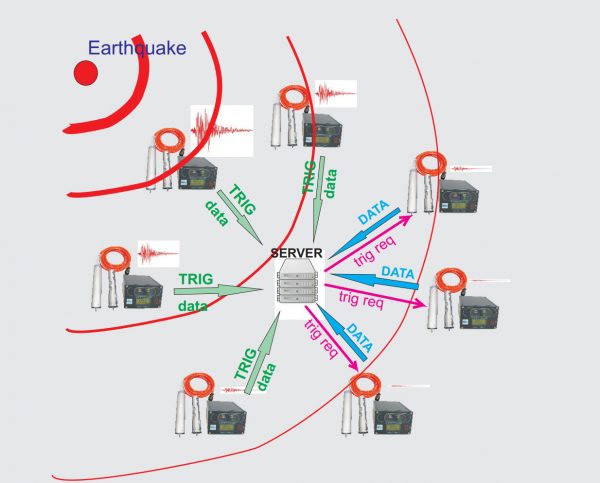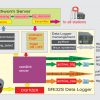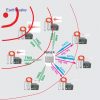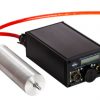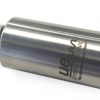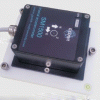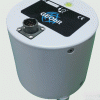The technique is based on advanced triggering and decision algorithms, running at the machine and at server’s side, respectively. The result is that the server may selectively receive parts of the seismic signal containing only triggered
seismic events instead of the complete raw data stream – which is still available from a different TCP port.
Typical applications of this functionality can be:
– Dense seismic networks, where communication costs have to be minimised by transmitting only the useful parts of the seismic signal, thus providing communication costs reduction even up to 90%.
-Seismic networks with limited communication bandwidth,where only the triggered part has to be transmitted
-High data rate (500sps) acquisition links that would otherwise increase the transmission costs dramatically.
Our latest instruments’ firmware exploits software components from heterogeneous sources in order to realize smart seismic data loggers, achieving higher reliability, faster integration and less development and testing costs of
critical functionality that is, in turn, responsible for the cost and power efficient operation of the device.
Each station may be configured to interact with the Earthworm server only when a seismic event is detected. The server processes the trigger signals being sent from the station and if they are related to a seismic event or not. If the
decision is “EARTHQUAKE” then the server requests the signal part from all network stations, even if some of them had not triggered the event.
On the other hand, if any station sends a false trigger, due to local noise the server simply rejects it. In other words, the server decides.
